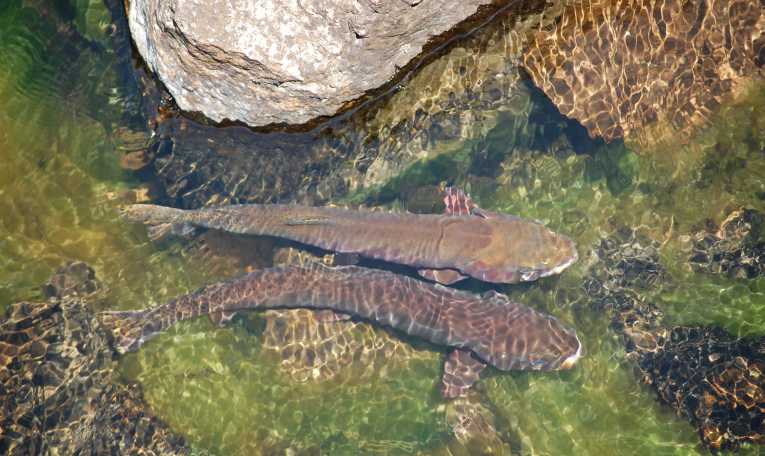A new interactive map has gone live online in Washington helping to keep track of populations of fish and wildlife deemed to be at risk of changing habitat and falling numbers.
PHS on the Web has been developed by the state's Department of Fish and Wildlife and it details the known locations of priority habitats and species (PHS) based on research by biologists. As new data is made available it will be updated onto the map. It has been designed as a free resource for those making land-use decisions, like developers or local authorities who want to be able to judge the impact their plans might have on the local ecology and environment.
The PHS list is designed as a catalogue to track habitats and species considered to be priorities for conservation and management. Species make it on to the list if there is concern about the numbers of their population, their sensitivity to changes in their habitat, like water pollution or deforestation, or if they have any recreational, commercial or tribal importance. Habitats that house a wide range of species or contain unique vegetation like shrub-steppe, a dominant plant species like juniper savannah or a specific feature like cliffs or coastal wetlands make it on the list. The catalogue currently has 20 habitat types, 1523 vertebrate species, 41 invertebrate species and 10 species groups across Washington state.
The list is regularly used by landowners, property developers, environmental groups or local authorities who want to know the geographic location of at risk species or habitats when making plans for land-use. Previously, these groups have had to pay a fee to access the information but the new interactive map makes it available for free.
"The new PHS website makes it easy for people to find the information they need on their own," Katie Knight, WDFW land use policy lead said. "We want people to know if there's an eagle's nest on a property or wild salmon running up a local stream, especially when it comes to land use decisions."
It is the third interactive online resource made available by the department to track protected species and habitats including SalmonScope, which tracks the numbers of salmon and recovery efforts for their numbers and GoHunt which maps hunting areas in the state.
Top Image Credit: © Susan Montgomery










